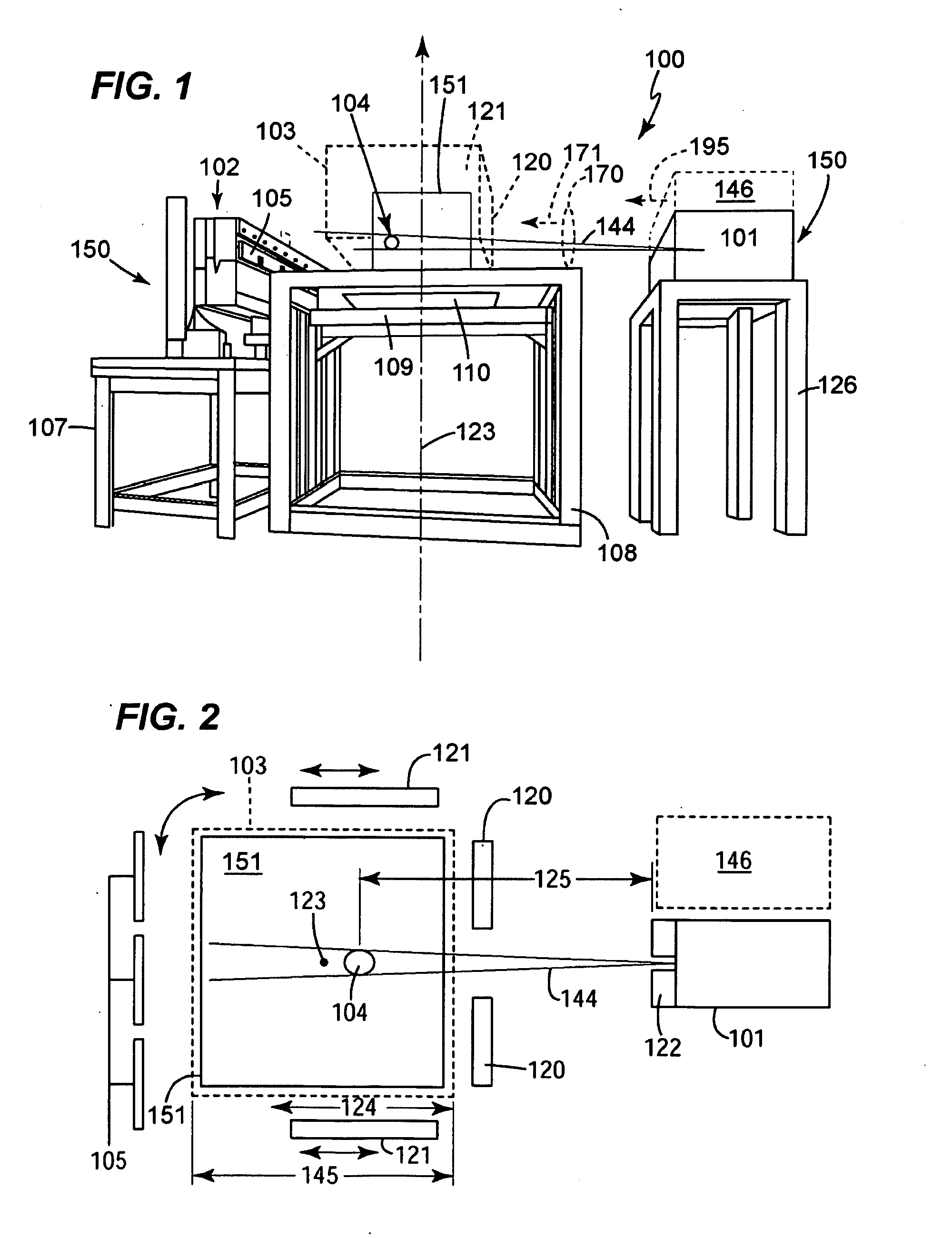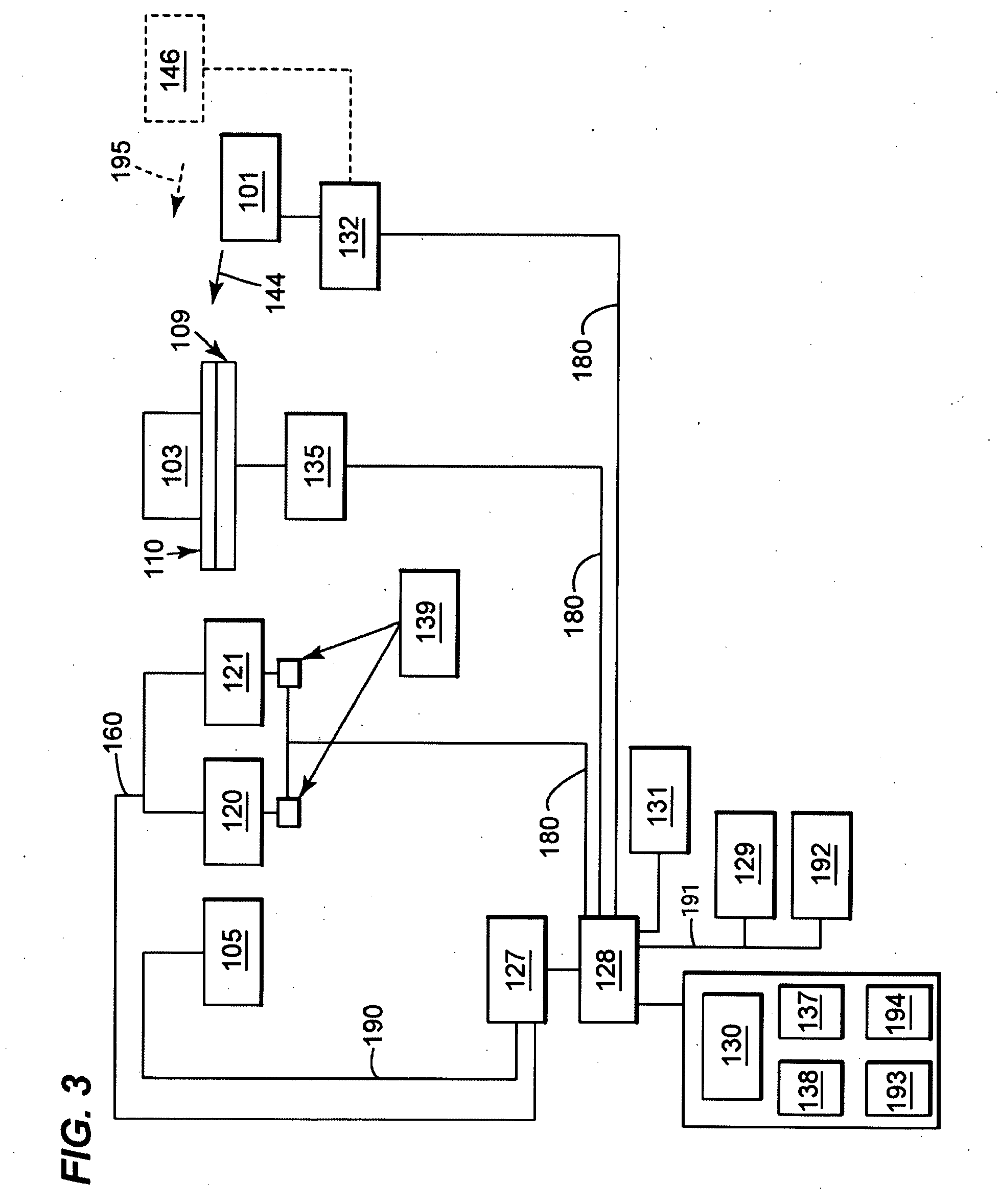System and methods for detecting concealed nuclear material in cargo
a nuclear material and cargo technology, applied in the field of cargo inspection systems, can solve the problems of difficult to accurately measure delayed gamma rays, difficult to accurately measure delayed neutrons when the cargo is inspected, and known active inspection techniques have drawbacks, etc., to reduce the interference caused by activation, accurate measurement, and limited penetration ability
- Summary
- Abstract
- Description
- Claims
- Application Information
AI Technical Summary
Benefits of technology
Problems solved by technology
Method used
Image
Examples
Embodiment Construction
[0029]As used herein, an element or function recited in the singular and proceeded with the word “a” or “an” should be understood as not excluding plural said elements or functions, unless such exclusion is explicitly recited. Furthermore, references to “one embodiment” of the claimed invention should not be interpreted as excluding the existence of additional embodiments that also incorporate the recited features.
[0030]As used herein, the term “nuclear material” includes, but is not limited to, plutonium, uranium-233, uranium-235, uranium enriched in the uranium-233 or uranium-235 isotopes, as well as, any other materials that may be deemed “special nuclear materials,” or “source materials,” by the United States Atomic Energy Act of 1954. In particular, the term “nuclear material” includes a fissionable material.
[0031]FIGS. 1, 2, and 3 depict an exemplary cargo inspection system 100, configured in accordance with the principles of the claimed invention. FIG. 1 is a side-view of the...
PUM
 Login to View More
Login to View More Abstract
Description
Claims
Application Information
 Login to View More
Login to View More - R&D
- Intellectual Property
- Life Sciences
- Materials
- Tech Scout
- Unparalleled Data Quality
- Higher Quality Content
- 60% Fewer Hallucinations
Browse by: Latest US Patents, China's latest patents, Technical Efficacy Thesaurus, Application Domain, Technology Topic, Popular Technical Reports.
© 2025 PatSnap. All rights reserved.Legal|Privacy policy|Modern Slavery Act Transparency Statement|Sitemap|About US| Contact US: help@patsnap.com



